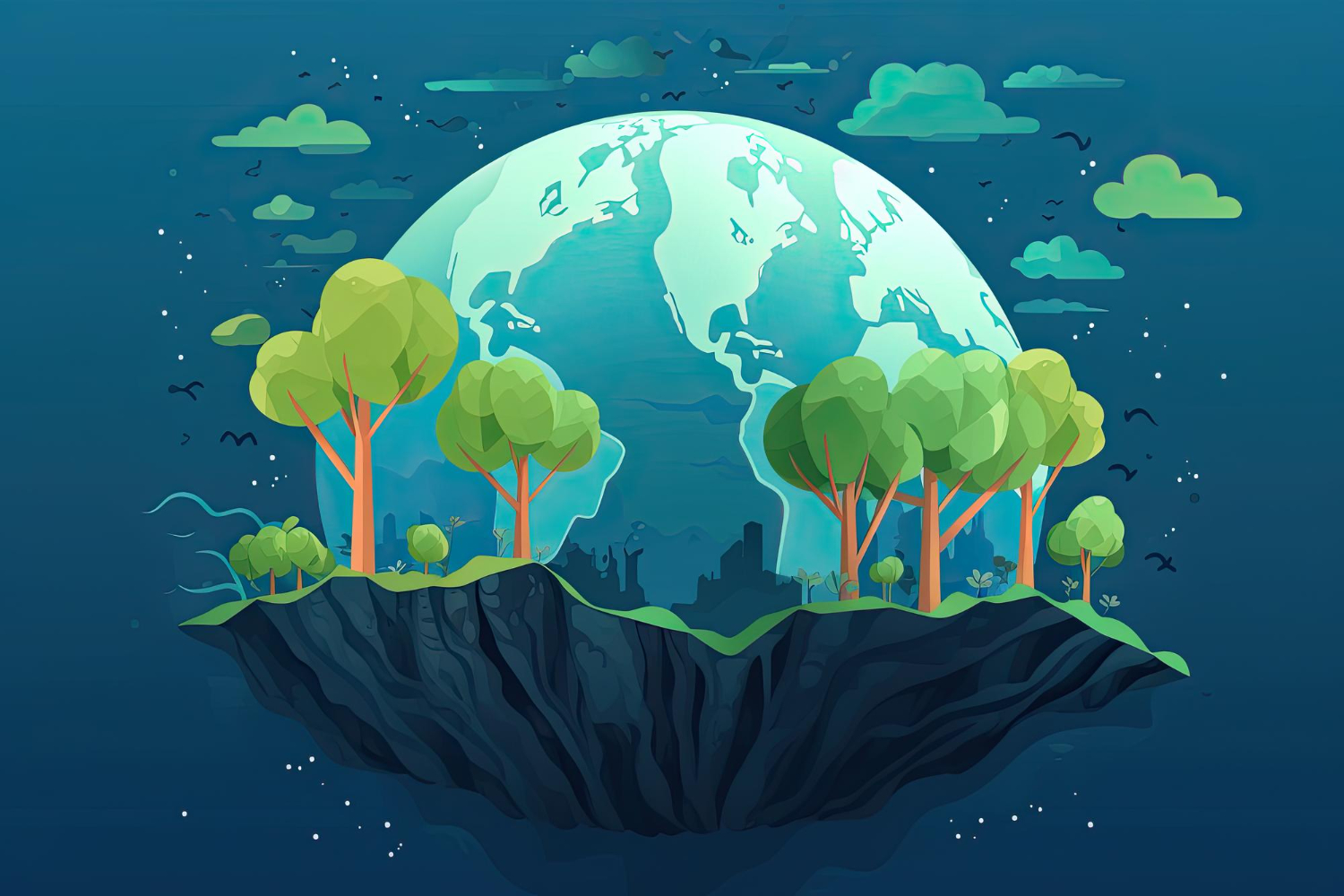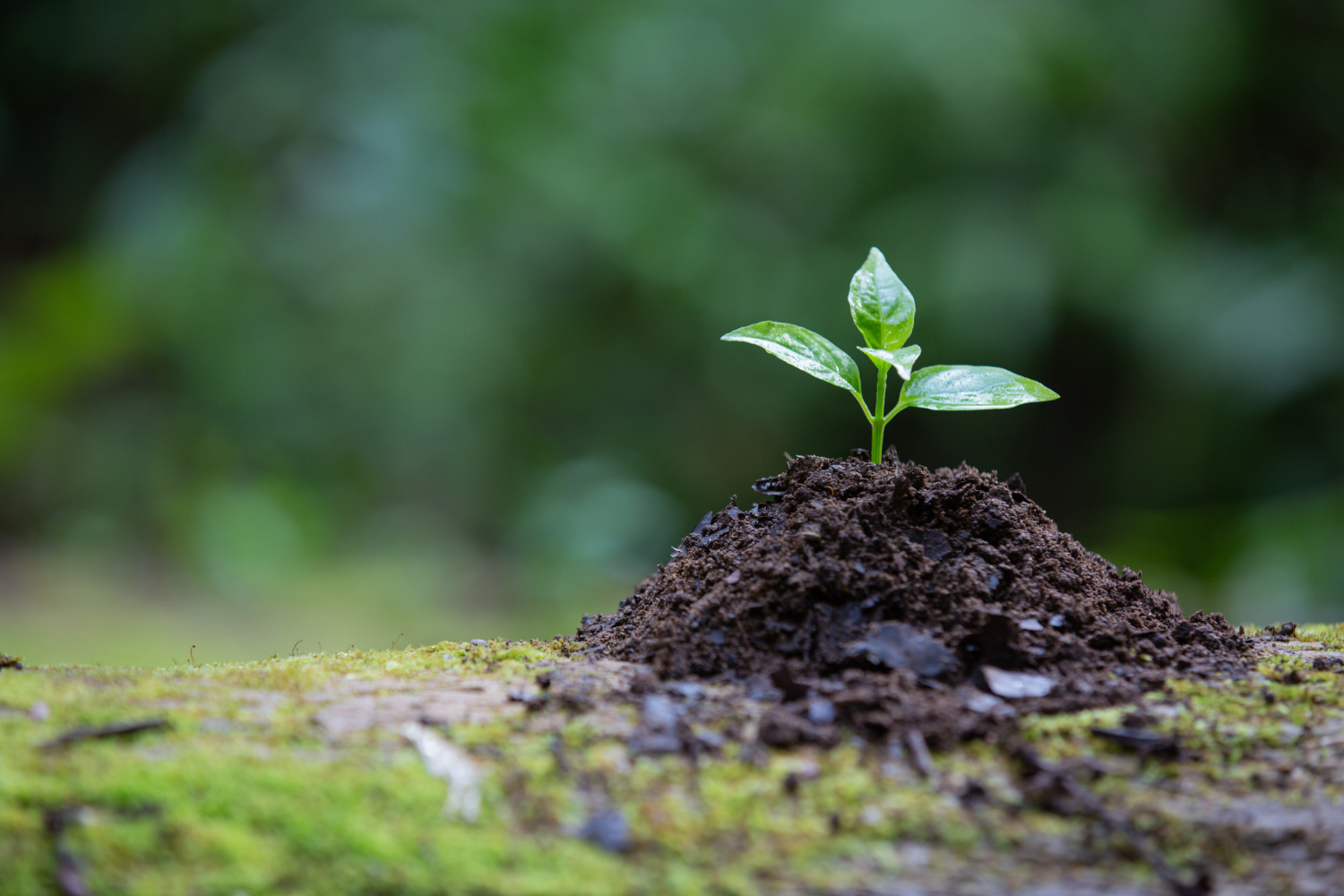Life science is the study of living organisms, from the smallest bacteria to the largest whales. It includes the study of cells, tissues, organs, and organ systems, as well as the interactions between organisms and their environment. Earth and space science is the study of the Earth, its atmosphere, and the universe beyond. It includes the study of the Earth’s formation and evolution, its physical and chemical properties, its climate and weather, and its natural resources.
Both life science and earth and space science are important fields of study that help us to understand the world around us. Life science helps us to understand the living world, from the smallest organisms to the largest ecosystems. Earth and space science helps us to understand the Earth, its place in the universe, and its history.
Also Read: Tips To Get Children Interested In Space Science
Facts about Earth and Space Science
- Earth is the third planet from the Sun in our Solar System, situated approximately 93 million miles (149.6 million kilometres) away.
- Earth is the only known planet in the universe to support life, with a vast array of ecosystems and living species.
- The Earth’s circumference is about 40,075 kilometres (24,901 miles), while its diameter is about 12,742 kilometres (7,918 miles).
- The Earth is not a perfect sphere; it’s an oblate spheroid, slightly wider at the equator than the poles due to its rotation.
- About 71% of the Earth’s surface is covered by water, primarily oceans, with the remaining 29% consisting of continents and islands.
- The Earth’s atmosphere is composed mainly of nitrogen (78%) and oxygen (21%), with traces of argon, carbon dioxide, and other gases.
- The Earth’s magnetic field acts like a giant shield, protecting the planet from solar radiation.
- The Earth rotates on its axis every 24 hours, which results in the cycle of day and night.
- Earth orbits the Sun in approximately 365.25 days. This extra quarter of a day is why we have a leap year every four years.
- The highest point on Earth is Mount Everest, standing at approximately 8,848.86 metres (29,031.7 feet) above sea level.
- The Earth’s core is made up of two parts: the outer core, which borders the mantle, and the inner core. The boundary separating these regions is called the Bullen discontinuity.
- Our solar system is located in the Milky Way galaxy, which is a barred spiral galaxy with a diameter between 100,000 and 180,000 light-years.
- The Milky Way is just one of the estimated two trillion galaxies in the observable universe.
- The Sun is the closest star to Earth, at a mean distance from our planet of 93 million miles (149.6 million kilometres).
- The Sun is also the largest object in our solar system, comprising 99.86% of the system’s total mass.
- The Moon, Earth’s only natural satellite, is the fifth largest moon in the solar system.
- Light from the Moon reaches Earth in just over a second, while light from the Sun takes about eight minutes and 20 seconds to reach us.
- The speed of light is approximately 299,792 kilometres (186,282 miles) per second, making it the cosmic speed limit.
- The universe is thought to be around 13.8 billion years old, based on measurements of the cosmic microwave background radiation.
- The distance between stars in the galaxy and galaxies in the universe is so vast that astronomers often measure it in light-years, the distance light travels in one year, which is about 5.88 trillion miles (9.46 trillion kilometres).
- The universe is expanding, a discovery for which Edwin Hubble is credited. This expansion is considered to be increasing due to dark energy.
- Black holes, regions of spacetime with extremely strong gravitational forces, are believed to form from the remnants of massive stars after their supernova explosions.
- The largest planet in our solar system is Jupiter, more than 11 times the diameter of Earth.
- Mars, often called the ‘Red Planet’ due to its reddish appearance, is the most studied planet in the solar system after Earth.
- The largest volcano in the solar system is Olympus Mons on Mars. It is three times taller than Mount Everest.
Also Read: Smart ways to introduce science to your toddler
Facts about Life Science
- Life science, also known as biology, is the scientific study of life and living organisms, including their structure, function, growth, evolution, distribution, and taxonomy.
- There are five kingdoms of living organisms: Monera (bacteria), Protista (single-celled organisms), Fungi, Plantae (plants), and Animalia (animals).
- DNA, or deoxyribonucleic acid, is the molecule that contains the genetic instructions for the development, functioning, and reproduction of all known living organisms and many viruses.
- Photosynthesis is the process by which green plants, algae, and some bacteria convert sunlight into chemical energy in the form of glucose, using carbon dioxide and water.
- Cellular respiration is the process by which cells break down glucose and other molecules to produce energy in the form of ATP (adenosine triphosphate).
- The human body is composed of trillions of cells, the basic unit of life, each performing specific functions.
- The heart, part of the human circulatory system, beats approximately 100,000 times a day, pumping blood around the body.
- The nervous system, which includes the brain and spinal cord, coordinates the body’s activities by transmitting signals between different parts of the body.
- Genetics is the branch of biology concerned with how characteristics are transmitted from parents to offspring through genes.
- The human genome, the complete set of genetic information in a person, consists of approximately 3 billion base pairs of DNA.
- Evolution is the process of change in all forms of life over generations. Charles Darwin is famous for his theory of natural selection, a key mechanism of evolution.
- Ecosystems are communities of interacting organisms and their physical environment. They can range in size from a small pond to the entire Earth.
- Biodiversity refers to the variety of life on Earth, encompassing variation among individuals, species, and ecosystems.
- The process of converting nitrogen in the atmosphere into a form that plants can use is called nitrogen fixation. Certain bacteria and lightning are key in this process.
- The human brain is the most complex organ in the body, containing around 86 billion neurons connected by trillions of synapses.
- Plants have a group of light-absorbing pigments called chlorophyll, which is crucial for photosynthesis.
- The water cycle describes how water evaporates from the surface of the Earth, rises into the atmosphere, cools and condenses into clouds, and falls back to the surface as precipitation.
- Birds are the only group of animals that have feathers, and all birds have feathers.
- The theory of plate tectonics explains how the Earth’s outer shell is divided into several plates that glide over the mantle, the rocky inner layer above the core.
- The mitochondrion is known as the powerhouse of the cell, as it generates most of the cell’s supply of ATP, used as a source of chemical energy.
- The longest living cells in the body are brain cells which can live an entire lifetime.
- A process called transpiration, where water is transported from the roots to the rest of the plant, helps to cool the plant, allows minerals and other nutrients to move around the plant, and provides the water needed for photosynthesis.
- Fungi are decomposers, they break down dead organic material and recycle vital nutrients back into the ecosystem.
- Humans have 46 chromosomes in each somatic cell and 23 in each sperm or egg cell.
- The process by which a cell divides into two daughter cells is called mitosis. This process is crucial for growth, repair, and reproduction in organisms.
Also Read: Science Stream Career Options after 10th & List of Courses after 12th
EuroSchool takes a comprehensive approach to teaching science. We believe that by using a variety of teaching methods and providing students with a variety of resources, we can help students develop a deep understanding of science and to become lifelong learners.










